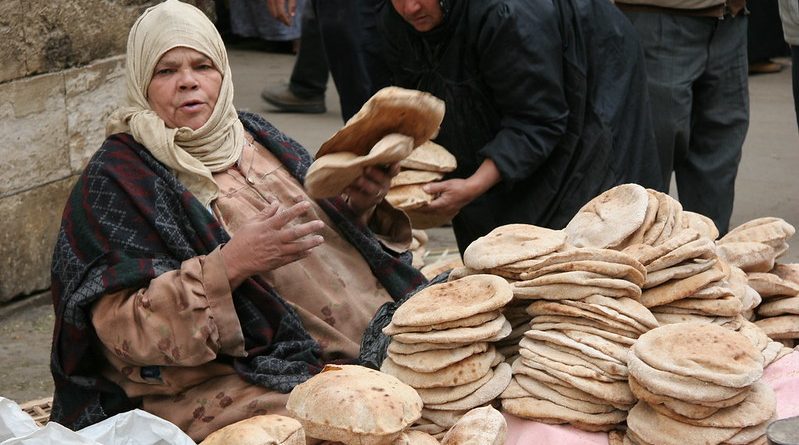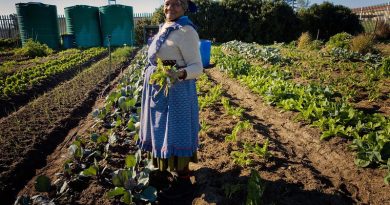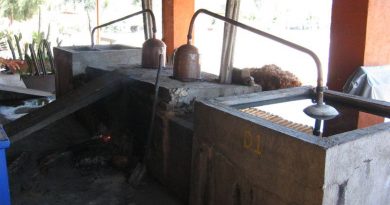Bread – An Egyptian Staple
Bread is an essential part of the Egyptian diet and served with nearly every meal. You could say that Egyptians eat food with bread, and not bread with food. Egypt boasts over 80 varieties of bread.
Grain was used as currency in ancient Egypt, and in fact the abundance of grain is what inspired the Greeks and the Romans to conquer Egypt. Today, Egypt has the world’s highest consumption of wheat per head – half of it imported – with imports totalling eight million tonnes a year.
Bread remains very much a staple across much of North Africa. Early bakers used millet, barley and wheat for their flour. This produced flat and rather chewy loaves. The development of spelt, a new variety of wheat containing more gluten, allowed bakers to get a greater lift into the bread and to create the kind of flat pocket loaves such as pitta breads.
For the 40 percent of Egyptians who live below the five dollars per day poverty line, the decision to buy their daily bread is largely an economic one. Subsidies on basic food items including bread were introduced in the late 1940s. The government attempted to phase them out in 1977, but quickly rescinded the order after rioting that left at least 70 dead.
Bread subsidies cost Egypt around 2.5 billion dollars a year, more than the country’s annual spending on health and education.
Over 50 million Egyptians, or two thirds of the population, eat subsidised ‘baladi’ bread. The small round flatbread is sold at state monitored bakeries and distributors for five piastres , just a few cents , a loaf.




